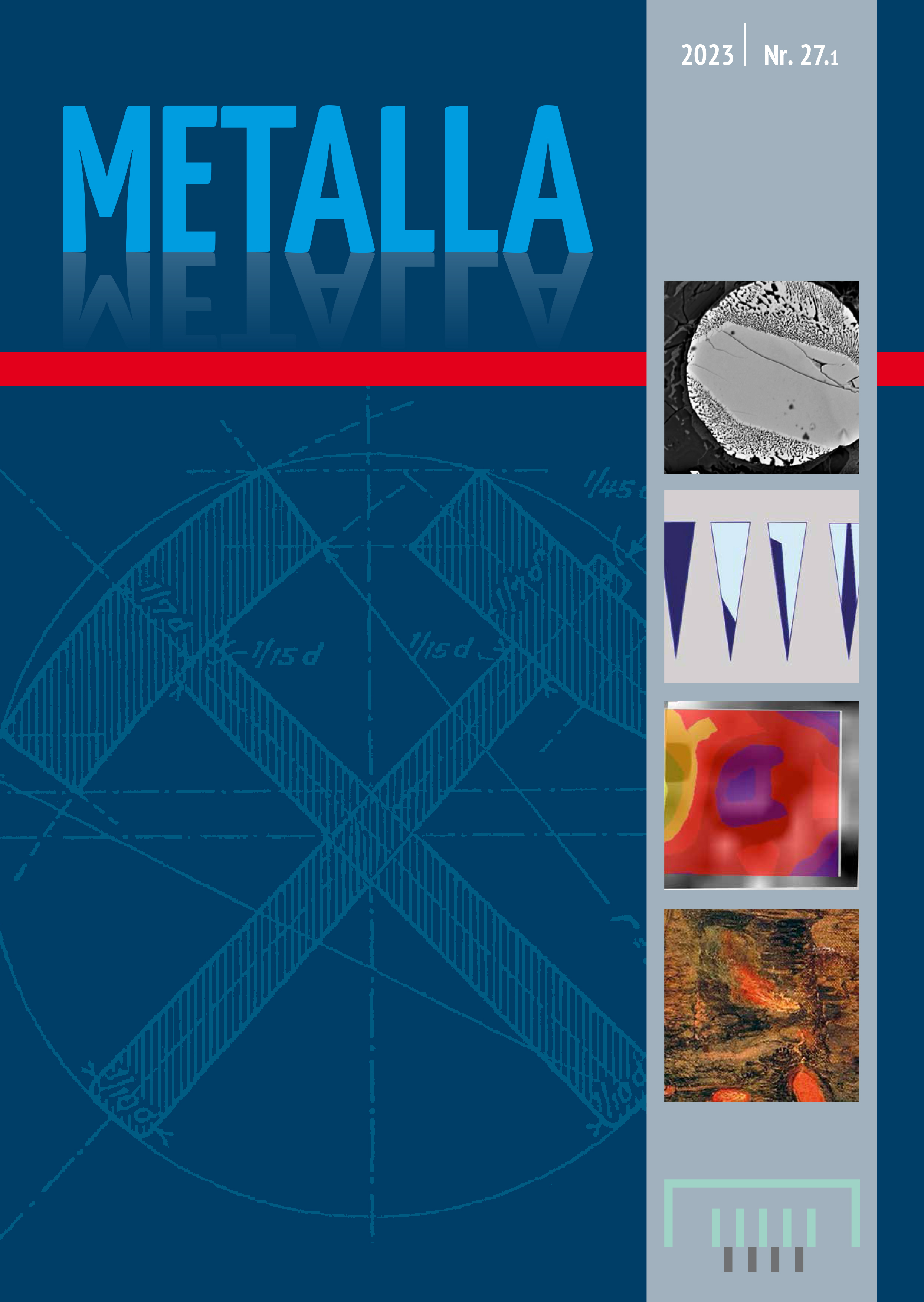A Droplet of Liquid Steel: Prills in Crucible Steel Production Remains
DOI:
https://doi.org/10.46586/metalla.v27.2023.i1.55-80Keywords:
Crucible prills, steel prills, steel ingots, phosphorus, silicon, Telangana, Merv, crucible steelAbstract
The formation of steel prills is evident from all crucible steel production ceramics. The paucity of crucible steel ingots in the archaeological record means that the full production chaîne opératoire remains incompletely known and partly speculative. Here, we use the analysis of prills from crucible slags and crucibles to explore the composition of the missing ingots and to learn more about their formation conditions. To test the correlation of prill compositions with the ingots and/or the crucible ceramic, we examined prills formed in two different crucible types - ferruginous and non-ferruginous, used in Telangana (India) and Merv (Turkmenistan) crucible steel production, respectively. Both crucible types, when fired at high temperatures under reducing conditions, form prills across the crucible profile, i.e. in the outer fuel ash glaze, the crucible body and the inner crucible slag. Ferruginous crucibles from Telangana showed abundant, pronounced and relatively large prills as compared to the iron-poor kaolinitic crucibles of Merv. Factors including the clay selection and addition of various tempers, fuel ash and crucible charge all showed an influence on the prill composition. Using SEM-EDS as our analytical tool, we discuss the factors that influence the alloying elements in prills, the prill microenvironments and their potential relationship to the corresponding ingots.
Downloads
Published
Issue
Section
License
Copyright (c) 2023 Meghna Desai, Thilo Rehren

This work is licensed under a Creative Commons Attribution 4.0 International License.



